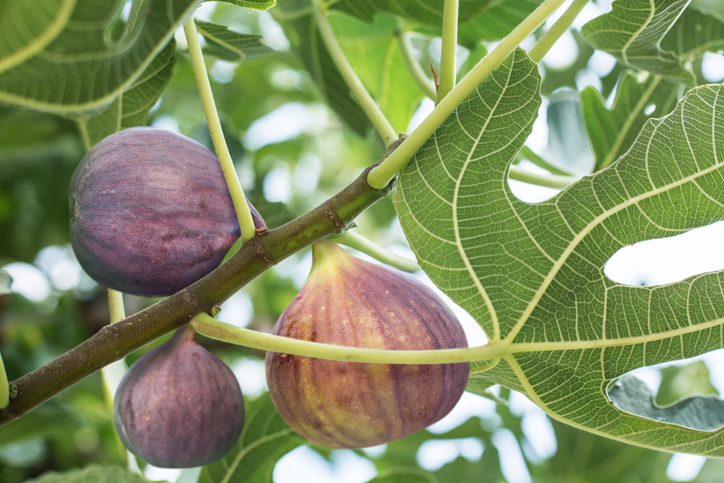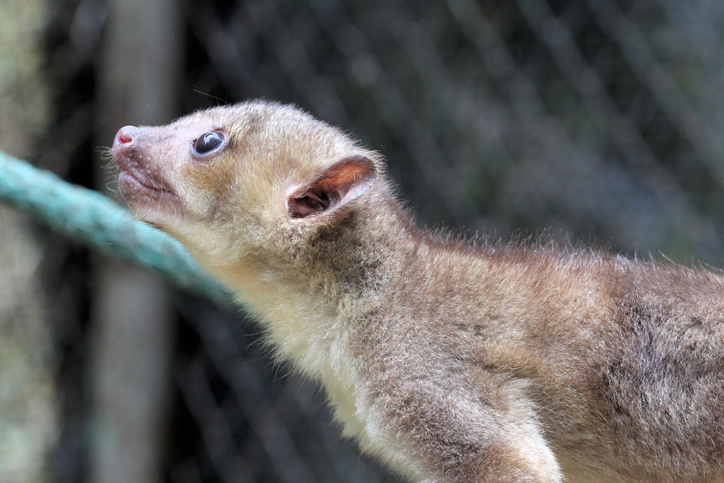With all of the animals in the park, it’s easy to understand how every visit is a unique experience. In fact, you never know who you’ll see when you drive or walkthrough. You can, however, always count on seeing some amazing animals each and every time you visit. You can also count on learning some interesting things, including a few facts that might surprise you.
Here are some of the things you are sure to learn the next time you visit Aggieland Wild Animal Safari.
Parrots and Macaws can be loud!
These guys are beautiful and interesting, but you might be surprised at how loud they can actually be. How loud? The average macaw scream can reach around 100 decibels, To get a feel for how loud that can be, a motorcycle or chainsaw is in a similar range! But they aren’t loud just to be annoying, they are communicative and social animals that just want to chat!
Animals have unique personalities
If you have a pet you know that they have their own personalities, but some people are surprised to find out that this is true of all animals. They all have their own unique characteristics, likes, and dislikes, just like we do. This includes everything from horses and sheep to monkeys, hogs, and otters. They also like to play and have moods, just like us.
Hippos are huge
Of course, everyone knows that hippos are big animals, but you only really understand just how big they are when you see them in person! They are one of the largest land animals on the planet, with male hippos reaching up to around 3,200 kg. This is roughly the same weight as a few small cars combined.
Animals are curious
You might be surprised that the animals you see are often as curious as you are. They might approach you, try to smell you, and figure out what you are. While all animals have their curious sides, some are especially interested in our guests. You’ll see them eagerly approaching cars and trying to get a peek inside.
Spider monkeys are very acrobatic
Spider monkeys spend a lot of their time in the canopy of rain forests, foraging for food high in the treetops. To safely and effectively navigate through the trees, they have to be strong and acrobatic. A lot of people are surprised at just how agile they are when they see them in person. You might also not realize that they love fruit and are very social, living in groups up to 30!
Kangaroos are tall
Depending on the species, kangaroos can reach between 4 and nearly 8 feet tall when standing up. This is a surprise for many people who don’t know exactly how tall and big these guys can be. Since they spend a lot of time leaning over and hopping, it is easy to underestimate their height!
You will also learn that animals can be moody and unpredictable. There are times when they feel like visiting guests, but they also are sometimes sleepy or disinterested. This is one reason it’s good to visit the park a few times, especially during different seasons, so you get the full Aggieland experience!






